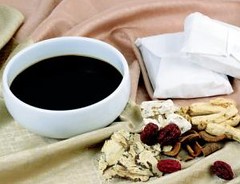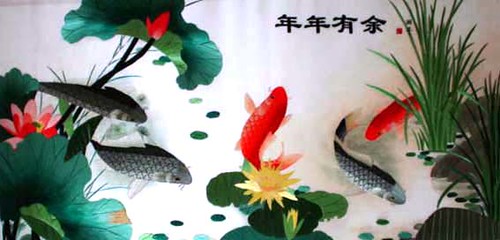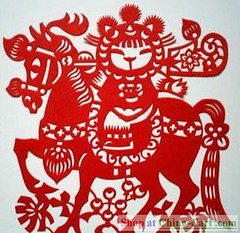| Home > Living in China > Traditional Chinese Medicine |
How is Chinese Herb Medicine Applied
 |
|
Chinese herb medicine |
If you don't wish to get involved into such complicated process, you may simply purchase an already-prepared Kampo formula. Available in powder, capsule, or tablet form, they can be used much more conveniently than fully traditional herbs.
The lowest level of TCHM involves so-called Chinese Patent Remedies, which consist most commonly of tiny brown spheres in small brown bottles. They are marketed both for classical imbalances and western disease categories. Patent remedies are inexpensive and widely available. However, there have been so many scandals involving dangerous contaminants not listed on the label that we recommend avoiding this form of treatment entirely.
In Chinese folk medicine, herbs are used in a more simply method, somewhat in the manner of Western herbal medicine. Herbs most commonly used in this manner include astragalus, dong quai, ginger, kudzu ( Pueraria lobata), licorice, lycium, Panax ginseng, and schizandra.
Besides herbs, substances that we might consider supplements are utilized in TCHM. These include extract of human placenta,76 glandular extracts, and a variety of minerals.
Art
 more
moreIntroduction to Suzhou Embroidery
Suzhou embroidery-one of China's four famous embrodiery styles, has a

Local Styles of Paper-cuts in China
Daisy Though making of paper-cut is simple, its

Origin and Development of
Chinese paper-cuts As one of the most popular folk

Customs
 more
more



 print
print  email
email  Favorite
Favorite  Transtlate
Transtlate 
